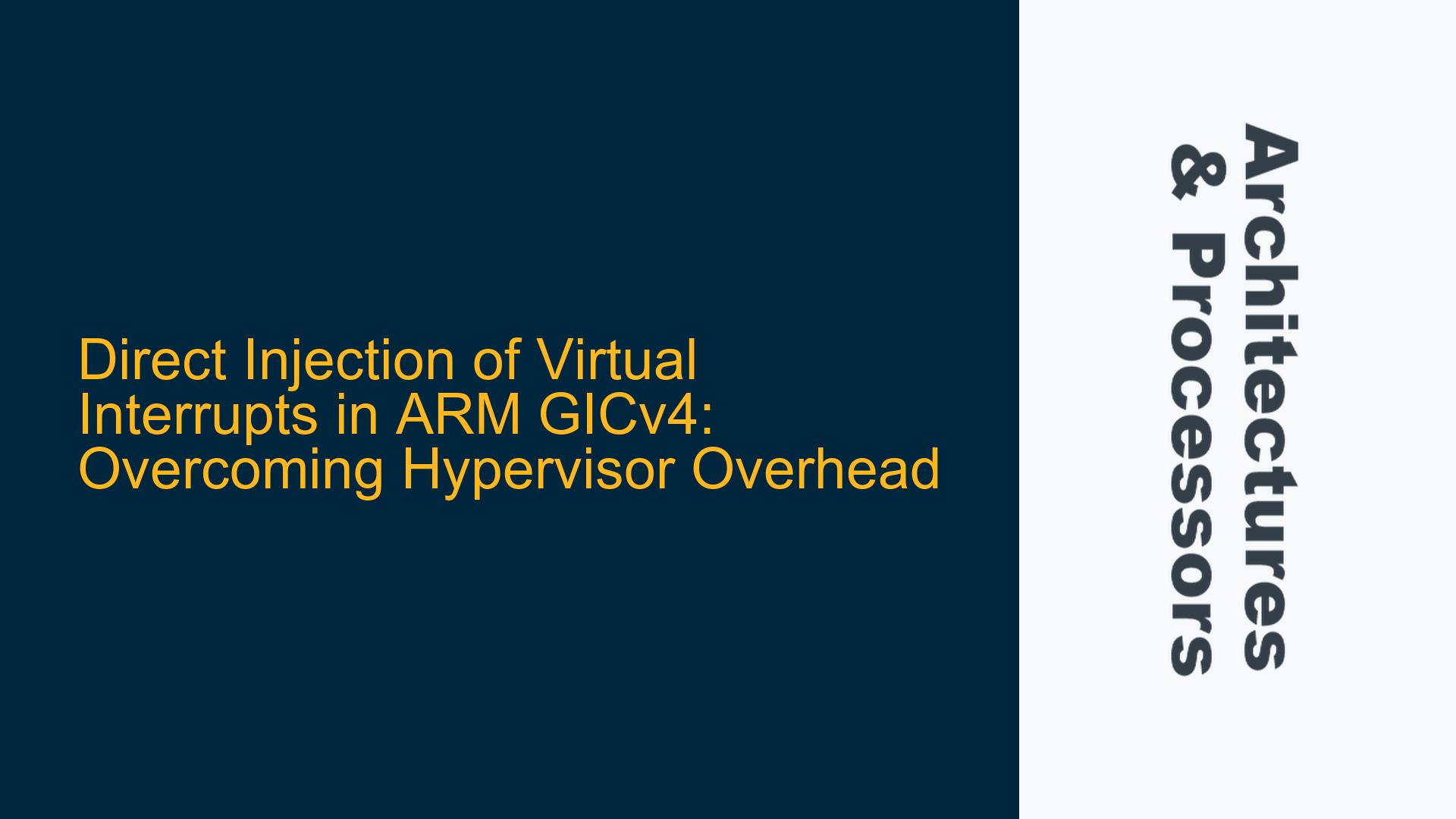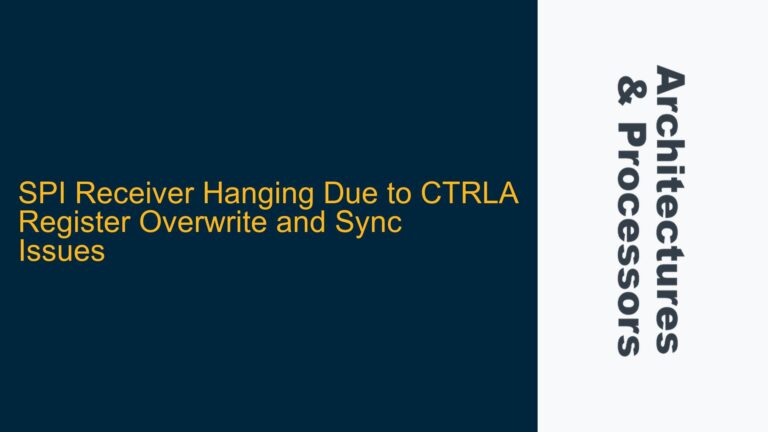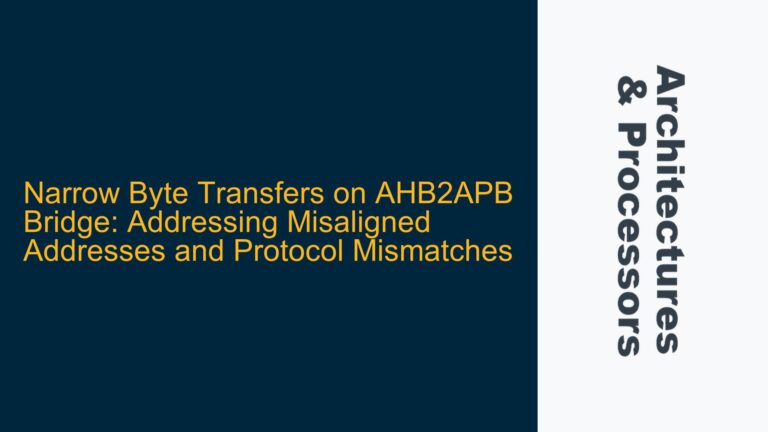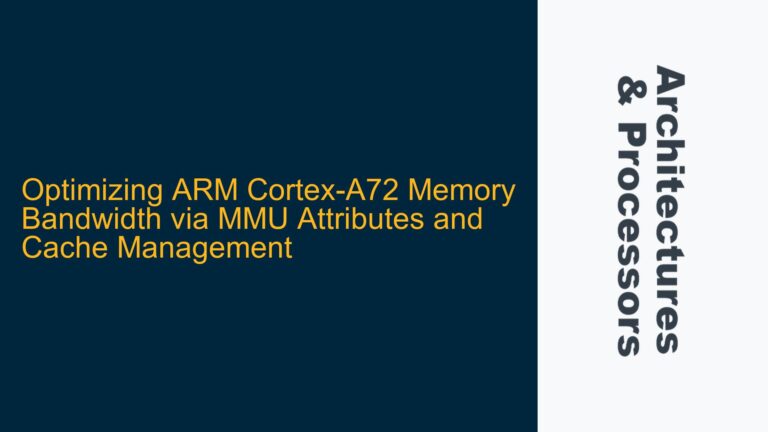ARM GICv4 and the Challenge of Hypervisor Interrupt Overhead in Virtualized Environments
In modern ARM-based systems, virtualization has become a cornerstone for efficient resource utilization, enabling multiple guest operating systems (OS) to run concurrently on a single physical machine. However, one of the most significant performance bottlenecks in such environments is the handling of device interrupts. Traditionally, when a physical device generates an interrupt, it is first captured by the hypervisor, which then injects the interrupt into the appropriate guest OS. This process involves multiple context switches between the hypervisor and the guest OS, leading to substantial overhead. Specifically, each interrupt requires a hyp_entry (hypervisor entry) and hyp_exit (hypervisor exit), which are costly operations that degrade system performance, particularly in I/O-intensive workloads.
The ARM Generic Interrupt Controller (GIC) architecture has evolved to address this issue. With the introduction of GICv4, a new feature called "Direct Injection of Virtual Interrupts" has been introduced. This feature aims to reduce the hypervisor’s involvement in interrupt handling by allowing certain types of interrupts to be injected directly into the virtual CPU (vCPU) of the guest OS. This capability is particularly relevant for systems that require near-native performance in virtualized environments, such as those running real-time applications or high-throughput data processing workloads.
The core challenge lies in understanding how GICv4’s direct injection mechanism works, its limitations, and how it can be effectively implemented to minimize hypervisor overhead. This post delves into the technical details of this feature, explores potential pitfalls, and provides a comprehensive guide to troubleshooting and optimizing interrupt handling in ARM-based virtualized systems.
GICv4 Direct Injection Mechanism and Its Limitations
The direct injection of virtual interrupts in GICv4 is a significant advancement, but it is not a universal solution for all interrupt types. This feature is specifically designed for Locality-specific Peripheral Interrupts (LPIs), which are message-based interrupts used in systems that implement the ARM System Memory Management Unit (SMMU) and the ARM Advanced Microcontroller Bus Architecture (AMBA) specification. LPIs are inherently different from traditional wired interrupts, as they are communicated through a memory-based messaging system rather than physical interrupt lines.
In GICv4, the direct injection mechanism leverages the concept of Virtual LPIs (vLPIs). When a physical LPI is generated, the GICv4 hardware can directly map it to a corresponding vLPI and inject it into the appropriate vCPU without hypervisor intervention. This is achieved through a combination of hardware and software mechanisms:
-
Hardware Support: GICv4 introduces new hardware registers and data structures, such as the Virtual CPU Interface (vCPU Interface) and the Redistributor, which facilitate the direct injection of vLPIs. These components work together to ensure that the interrupt is delivered directly to the guest OS’s vCPU.
-
Software Configuration: The hypervisor is responsible for configuring the GICv4 hardware to enable direct injection. This involves setting up the appropriate data structures, such as the Interrupt Translation Table (ITT) and the Virtual LPI Pending Table (VLPI PT), which are used by the GICv4 hardware to map physical LPIs to vLPIs.
However, the direct injection mechanism is not applicable to all interrupt types. Traditional wired interrupts, such as those used by legacy devices, still require hypervisor intervention. This limitation stems from the fact that wired interrupts are not message-based and cannot be directly mapped to vLPIs. As a result, the hypervisor must continue to handle these interrupts, leading to the same performance overheads observed in earlier GIC versions.
Furthermore, the direct injection mechanism relies on the proper configuration of the GICv4 hardware and the underlying software stack. Misconfigurations or hardware limitations can prevent the feature from functioning as intended, leading to suboptimal performance or even system instability. For example, if the hypervisor fails to correctly configure the ITT or VLPI PT, the GICv4 hardware may be unable to map physical LPIs to vLPIs, resulting in interrupt delivery failures.
Troubleshooting and Optimizing GICv4 Direct Injection for Virtualized Systems
To effectively troubleshoot and optimize the direct injection of virtual interrupts in GICv4, it is essential to follow a systematic approach that addresses both hardware and software considerations. Below, we outline the key steps involved in this process:
Step 1: Verify GICv4 Hardware Support
The first step is to ensure that the underlying hardware supports GICv4 and the direct injection feature. This involves checking the system’s processor and GIC specifications to confirm that they are compatible with GICv4. Additionally, it is important to verify that the hardware implements the necessary components, such as the vCPU Interface and Redistributor, which are required for direct injection.
Step 2: Configure the Hypervisor for Direct Injection
Once hardware support is confirmed, the next step is to configure the hypervisor to enable direct injection. This involves setting up the appropriate data structures, such as the ITT and VLPI PT, and configuring the GICv4 hardware registers. The hypervisor must also ensure that the guest OS is aware of the vLPI mappings and can handle the interrupts correctly.
Step 3: Validate Interrupt Delivery
After configuring the hypervisor, it is crucial to validate that interrupts are being delivered correctly to the guest OS. This can be done by generating test interrupts and monitoring the system’s behavior. If interrupts are not being delivered as expected, it may indicate a misconfiguration in the GICv4 hardware or software stack. In such cases, it is necessary to review the configuration settings and make any necessary adjustments.
Step 4: Optimize Performance
Once interrupt delivery is validated, the final step is to optimize the system’s performance. This involves fine-tuning the hypervisor and guest OS configurations to minimize latency and maximize throughput. For example, it may be beneficial to adjust the priority levels of vLPIs or to optimize the scheduling of vCPUs to ensure that interrupts are handled promptly.
Step 5: Monitor and Debug
Continuous monitoring and debugging are essential to maintaining optimal performance in a virtualized environment. This involves using tools such as performance counters and debug logs to identify and address any issues that may arise. Additionally, it is important to stay informed about updates to the GICv4 specification and any new features or optimizations that may be introduced in future versions.
By following these steps, it is possible to effectively troubleshoot and optimize the direct injection of virtual interrupts in GICv4, thereby reducing hypervisor overhead and improving system performance in virtualized environments.
In conclusion, the direct injection of virtual interrupts in ARM GICv4 represents a significant advancement in the field of virtualization, offering the potential to achieve near-native performance in I/O-intensive workloads. However, realizing this potential requires a deep understanding of the underlying hardware and software mechanisms, as well as a systematic approach to troubleshooting and optimization. By carefully configuring the hypervisor, validating interrupt delivery, and continuously monitoring system performance, it is possible to harness the full power of GICv4 and deliver a seamless virtualized experience.






